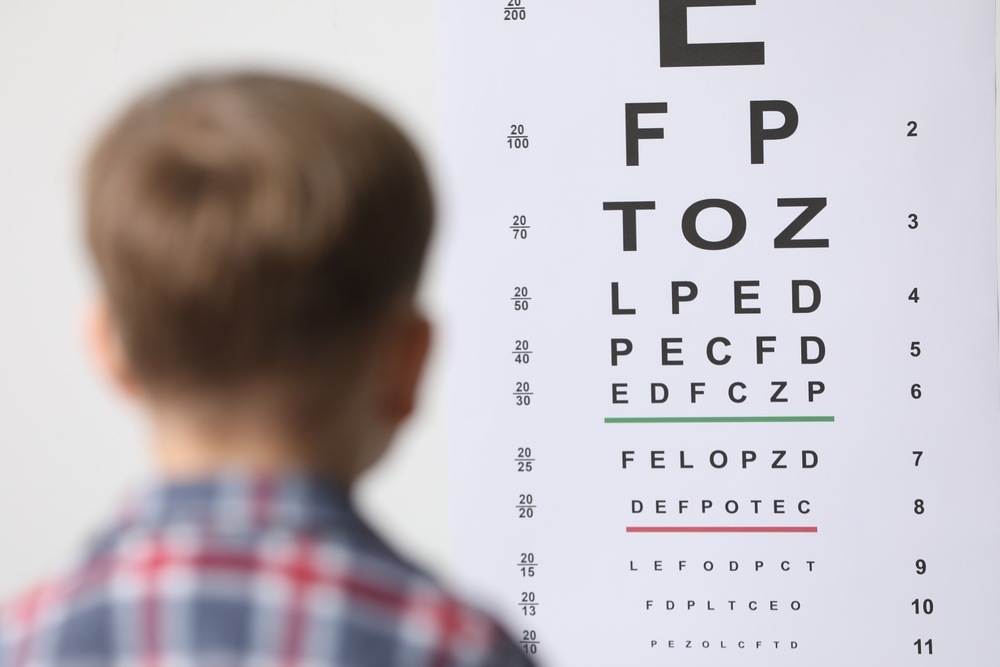
Over the past decade, myopia has become one of the most prevalent vision problems among children worldwide. More kids than ever are needing glasses at younger ages, and many parents are wondering why. At Eye Rx in Stone Ridge, Virginia, we’re seeing this trend firsthand and helping families understand what’s driving it. By learning the causes behind rising childhood myopia and taking steps early, parents can help protect their child’s eyesight and reduce future vision risks.
What Is Myopia?
Myopia occurs when the eyeball is too long or the cornea is too curved, causing light to focus in front of the retina instead of directly on it. This results in blurry distance vision. While glasses and contact lenses can correct vision, they don’t slow the actual progression of myopia itself.
Why Are Childhood Myopia Rates Increasing?
Several factors contribute to the rising rates of myopia among children:
• Increased Screen Time and Near Work: Children today spend more time on digital devices, reading, and doing close-up tasks than ever before. Excessive near work can strain the eyes and increase the likelihood of developing myopia.
• Lack of Outdoor Time: Studies have shown that spending time outdoors helps reduce the risk of myopia development. Natural light exposure and focusing on distant objects give the eyes a needed break from close-up work.
• Genetic Predisposition: If one or both parents are nearsighted, their child has a higher chance of developing myopia. While genetics play a role, lifestyle and environment can still greatly influence whether and how quickly myopia progresses.
• Urban Living and Limited Space: Children who grow up in cities or suburban areas often have less outdoor playtime compared to those in rural environments. This trend correlates with higher rates of myopia among children in densely populated regions.
Why It’s Important to Address Myopia Early
Childhood myopia doesn’t just affect vision - it can also lead to more serious eye health risks later in life. High myopia increases the likelihood of conditions such as retinal detachment, glaucoma, and myopic maculopathy. Early intervention can help slow myopia progression and reduce these risks.
Myopia Management Options
At Eye Rx, we offer advanced myopia management treatments designed to slow down the progression of nearsightedness in children. Depending on your child’s needs, options may include:
• Orthokeratology (Ortho-K) - Custom-designed lenses worn overnight to gently reshape the cornea and provide clear vision during the day.
• MiSight® Soft Contact Lenses - FDA-approved daily lenses clinically proven to slow myopia progression in children.
• Atropine Eye Drops - Low-dose atropine drops that help control eye growth associated with myopia.
• Lifestyle Counseling - Encouraging more outdoor playtime and regular visual breaks from screens.
Protect Your Child’s Vision with Expert Myopia Care in Stone Ridge
The rise in childhood myopia is a growing concern, but the good news is that early detection and proactive management can make a lasting difference. Regular eye exams are the first step toward identifying changes in your child’s vision and protecting their long-term eye health.
Schedule a comprehensive eye exam for your child at Eye Rx and learn more about our myopia management options. Contact us in Washington, DC at (202) 659-2010, Chevy Chase, MD at (301) 450-8300, Arlington, VA at (703) 553-1094, Dumfries, VA at (571) 404-0188, or Aldie, VA at (703) 646-8002.







